Xtremophile Cells of the Day
Xtreme Cell of the Day: Pyrococcus furiosus
Pyrococcus furiosus
- Literally means 'Fireberry' in Greek.
- Optimum growth temperature of 100oC.
- Rapid doubling time of 37 minutes under these conditions.
- First isolated in a hydrothermal vent near Vulcano island, Italy.
- A very simple and unusual respiratory system which generates ATP by reducing protons to hydrogen; considered to be an evolutionary precursor of respiratory systems in higher organisms.
- DNA polymerase from this organism (Pfu DNA polymerase) has better thermostability and fidelity than Taq polymerase in PCR.
- Has a glycolytic enzyme containing tungsten, a rarely found element in biological molecules.
- Gene encoding superoxide reductase enzyme from P. furiosus used to enhance heat tolerance in Arabidopsis.
Interesting Reads:
- S Mukund and MW Adams (1991). "The novel tungsten-iron-sulfur protein of the hyperthermophilic archaebacterium, Pyrococcus furiosus, is an aldehyde ferredoxin oxidoreductase. Evidence for its participation in a unique glycolytic pathway." J. Biol. Chem., Vol. 266, Issue 22.
- Yang Ju Im et al. (2009)."Expression of Pyrococcus furiosus Superoxide Reductase in Arabidopsis Enhances Heat Tolerance". Plant Physiology 151:893-904
aaaa
Xtremophile Cell of the Day: Methanococcus jannaschiihhhhh
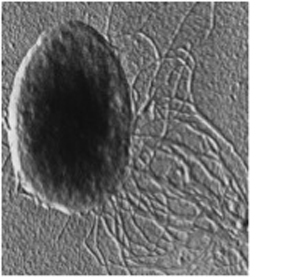
* Hyperthermophile
Survives 100oC.
* Peizophile
Can withstand 200atm.
* Strictly anaerobic. Energy production by methanogenesis.
* First Archael genome to be sequenced
* Very low GC content of 31%* First link between bacterial and eucaryotic genome;
basis for evolutionary studies.
We all know about parasites and their ways of utilizing their hosts for their own benefit. This enables them to complete their own life cycle - some parasites employ multiple hosts to do so, and sometimes these hosts share a predator prey relationship! So how do these parasites ensure that they get transferred efficiently? We’ll take a look at the unicellular apicomplexan parasite Toxoplasma gondii which goes to the extent of manipulating its host`s behaviour!
Xtreme parasite of the day: Toxoplasma gondii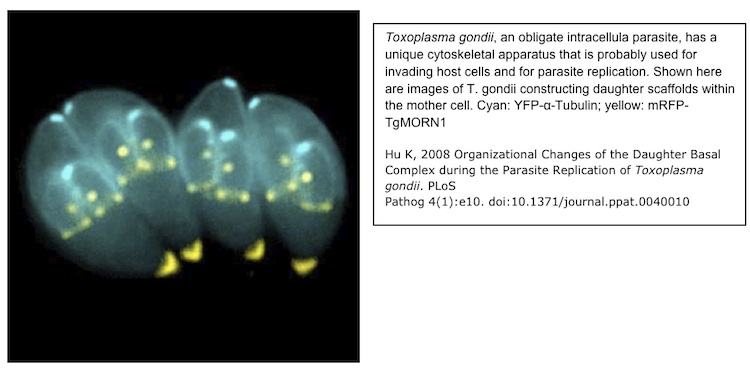
T.gondii is a fierce parasite which infects rats among its other mammalian hosts and causes toxoplasmosis. The sexual cycle of the parasite is completed in a bizarre way in the intestine of cats, and nothing needs to be said about cats and rats!
The way this parasite ensures that the cat eats the rats is that it makes the rat go to the cat. In a most striking chain of events that follows infection of the rat’s brain, the rats become attracted to cat urine. This effect is very specific in that it’s not a general change of olfactory responses or the loss of fear in that these rats do show fear towards urine of other predators like fox and mink.
The exact explanation for this is not known but it has been observed that T.gondii shows some preference to localize in regions of brain that control fear and olfaction (e.g. amygdala, olfactory bulb). Humans have been pulled into this cat and mouse story with the recent findings of a possible association of this parasite with humans suffering from mood disorders and schizophrenia!
Interesting reads:
1. Webster JP. The effect of Toxoplasma gondii on animal behaviour: playing cat and mouse. Schizophrenia bulletin. 2007;33(3):752-6.
2. Fekadu A, Shibre T, Cleare AJ. Toxoplasmosis as a cause for behaviour disorders--overview of evidence and mechanisms. Folia parasitologica. 2010;57(2):105-13.
3. Lamberton PHL, Donnelly C a, Torrey EF. Parasites as causative agents of human affective disorders? The impact of anti-psychotic, mood-stabilizer and anti-parasite medication on Toxoplasma gondii’s ability to alter host behaviour. Proceedings. Biological sciences / The Royal Society. 2006;273(1589):1023-30.
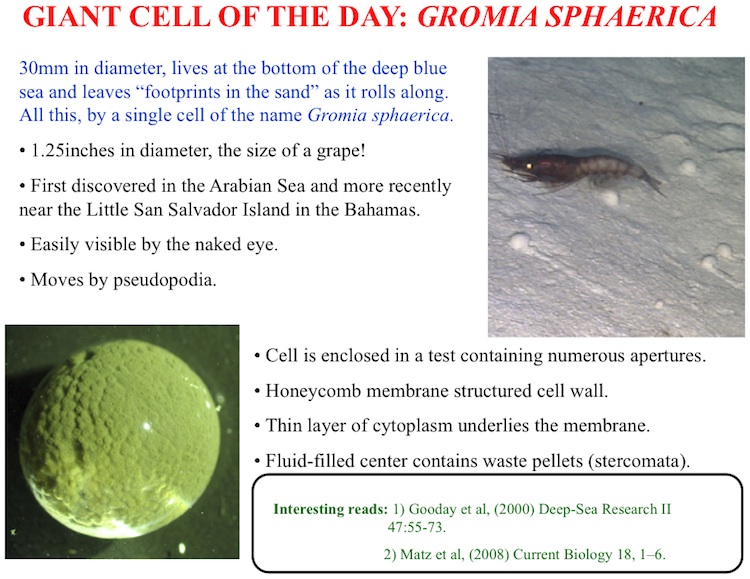
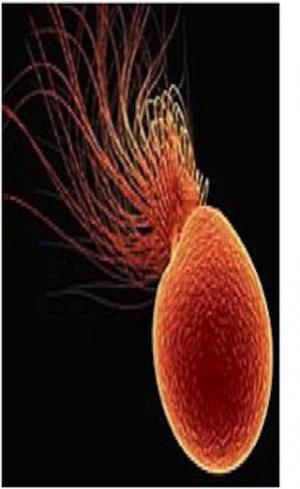
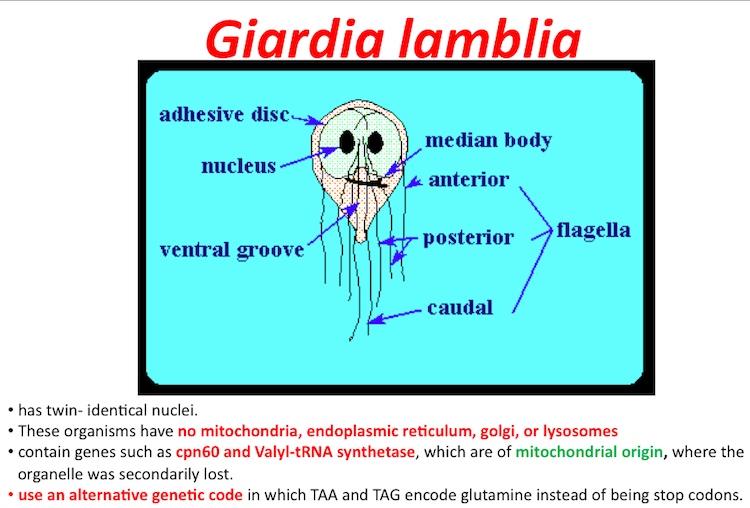
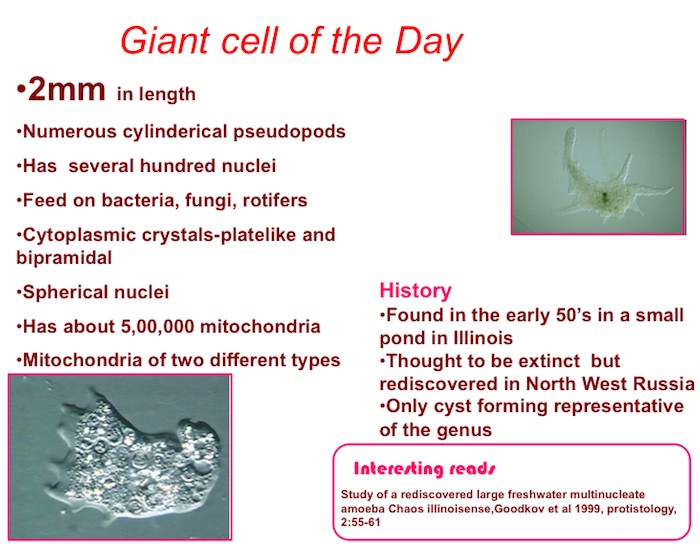

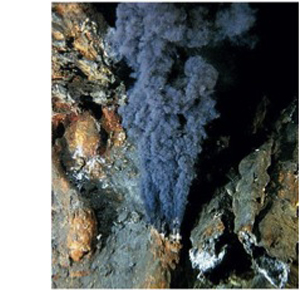
Comments
Post new comment